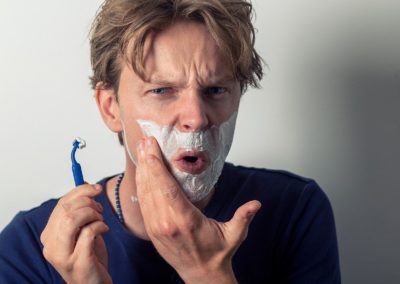How To Make Skincare Products

written by nail expert Jess Rowley
How to make skincare products
Ever wondered how skincare products are made?
Whether you’re in the skincare world for business or pleasure, making your own natural skincare products is a whole other level. If you’re dreaming of simple, clean skincare that works without the need for all those chemical additives, and are adapted to your own skin, then you’re in the right place.
You might have noticed just how difficult it is to find skincare products that are truly safe to use on the skin, with natural ingredients, free-form irritating chemicals such as fragrance and parabens, and that actually work. For this reason and more, there is a gap in the market for organic, natural skincare that cares for your healthy skin as for the environment.
Here’s the best part.
Learning how to make homemade skincare products is easier than it looks. Whether you want an whipped body butter, cleansing toner or hydrating water based cream, you can make your own diy natural skincare products without the chemical nasties or the price tag of similar shop bought face creams.
If you have love nature’s remedies, then let me show you how you can incorporate the best herbs and plants for homemade skincare, tailoring them to your skin needs and concerns to get the best results. You’ll never go back to buying face products again!
Here’s a tip- Once you know how to make a basic face cream, feel free to research and customize according to your needs, for example switching up the essential oils or the oils used in this recipe. Whether you have combination skin or dry skin, sensitive or mature, you can incorporate any ingredient to treat your skin type and tailor this recipe to you
Grab a coffee and let’s go!
How to make your own skincare products
When it comes to making your own homemade skincare, following a random recipe you find online just isn’t enough. It’s important to know what you’re doing, the type of ingredients and quality you will be using as well as safety information such as using preservatives in your products.
If you’re thinking about how to make skincare products to sell, then knowing the best practices is even more important, since you want your customers and business to be safe. The idea after all is that, although your recipes are natural, they are professional, organic formulations that are safe to use.
The first step to creating safe, natural ingredients, is to select the ingredients!
1. Selecting the right ingredients
When you decide to go natural in skincare, there’s an array of choice for what you could include. From herbs, flowers, roots, and bulbs, natural remedies are available for pretty much each and every skincare concern, whether that’s targeting signs of aging, dark spots, uneven skin tone, or acne.
With more and more people interested in getting back in touch with natural sources for their skin concerns, and leading a more sustainable lifestyle, natural skincare products are growing in demand.
That’s why you need to get acquainted with which ingredients you want to work with, and research how to extract the most benefit from it, as well as the percentage amount that will be safe to use in your products.
Choosing natural extracts
Before you can go ahead and buy them, you need to know which plant extracts you want. It doesn’t just have to do with skin though, there are thousands of options so you can allow yourself to get inspired by your surroundings, culture, interests or the overall vibe you want your skincare products to give.
You need to choose a couple of really good ones, preferably cheap options since you may not get the formulation right straight away, and then research. The more research you do, the better you will be able to use this extract to your benefit and thus market your product to customers.
One of your decisions will also be whether you choose to grow your own ingredients and plants, or buy them.
Grow your own
If you’ve decided to take everything into your own hands and grow botanical ingredients, you’ll need a plan of action.
Many people choose to start a herb garden, creating the right conditions to grow commonly used plants in skincare, that way you know you have a fresh batch whenever you want. Some of these may include Calendula, Lavender, Aloe Vera gel, Chamomile, and more. You can also choose carrier oils such as coconut oil for lip balm or other products and essential oils.
The next part is learning how to care for them and harvest them so you can reap the benefits. Some herbs you’ll need to macerate, such as calendula. Others can be made into carrier oils such as chamomile or lavender. Aloe vera is an easy one to start with as you can use it straight from the plant. Remember to preserve these straight way.
Buying natural ingredients
For the beginners, it might be best to source your ingredients for your beauty products from elsewhere first. However, to ensure you are getting the best quality and only organic ingredients, you need to check a few things.
Skin concern- Make sure you know what you want for your skin concern, you can even ask your suppliers what the benefits are for the skin to ensure it’s what you need.
INCI– this is the cosmetic name for your natural extract. When you buy your ingredient, it may come with preservatives, solvents or other things so make sure you know exactly what is in it.
Sustainability– This is becoming more of an issue in the world, so if you plan to sell your products make sure you are selecting sustainable companies that are harvesting from sources that can be relied upon, After all, you don’t want to contribute to deforestation or losing biodiversity due to overharvesting.
Solubility– if you’ve never made your own skin care products before, you need to keep in mind that oil and water don’t blend well. So you need to keep in mind that essential oils will not mix in a water product, or a water-based plant extract won’t be mixed well in an oil serum.
2.The method to making your own products
Now you know what you want to work with, you need to decide how you’re going to incorporate this into a product. Are you going to make lip balms or cleansers? There are loads of skincare products, creams, toners, moisturizers, scrubs, oils, lotions, butters, or even haircare if you’re feeling adventurous such as conditioners or styling products.
I would recommend trying your hand with a simple cream to start off with. Then, once you’re comfortable and have perfected your technique you’ll be able to branch out and make other products in your line.
Start with a simple formulation
When you’re new to making your own homemade products, preservation can be an issue. If you want to start simple, you can make simple formulations that don’t contain water, such as oil based serums, lip balms, body butters, or balm cleansers.
Without proper preservation, microbes and bacteria can begin to grow even before you can see them, which is risky if you’re using them on your skin. With oil-based products, however, this is not an issue, but they will need to use an antioxidant such as vitamin e to last longer.
Use simple ingredients
When you receive your first order, it might be tempting to use everything at once and include all of your favorite ingredients in that cream.
If we’re being honest, it will take a while before you design a formula that works well, and many mistakes. Keep your recipe very simple until you’ve mastered it, and even start with cheaper vegetable oils before using your expensive ingredients. This will help you get the trial and error out of the way so you can save your ingredients for the right technique.
Don’t be afraid to make mistakes, after all, they will help you to narrow down the right technique and learn! You will have to practice so many times before you get it right, but eventually, you will make it.
Some common problems that happen to everyone are cleansers that don’t foam, lip balms that are grainy, split emulsions, and essential oils that have not blended well with your toners. These things are normal, and eventually, you will have beautiful creations to give or sell.
3.Preservation
The key thing when making your own skincare products is ensuring they are safe to use. Whether you are using them yourself, or to sell, they need to be safe for the skin. Using preservation is a way of lengthening the product shelf life for longer, preventing microbes or bacteria from growing on it.
To use, or not to use preservatives?
The choice is yours.
If you don’t mind using preservatives, then the door is open to creating pretty much any natural skin care products knowing they are safe to use for much more than just a week.
If you want to avoid using preservatives, then you’ll have to stick to anhydrous solutions that don’t have water. Water-based products without preservatives won’t last more than a week, and you don’t want to risk the ingredients going moldy and bacteria going on your face.
If you’re planning on selling your products, preservatives are a must. Using a natural preservative is much better than risking an unpreserved water based product going off. If you want to keep things natural, you can still include botanical ingredients and preserve them safely.
For oils and butters, they require an antioxidant such as vitamin e, rosemary extract, and grapefruit seed extract to prevent them from going rancid. However, these are not preservatives and cannot be used to preserve water based products.
How to preserve
When choosing a preservative, you can go for a natural option that works. Here are some points to consider:
Compatibility– is your preservative compatible with your formulation in terms of solubility (water or oil), ph range, and other factors such as temperature?
Broad spectrum– your preservative needs to have a broad spectrum against all types of bacteria, fungus, and years. You may need more than one preservative to ensure you cover all microorganisms.
Shelf life- especially when selling your products, you need to have a clear shelf life that is within what you need. For example, 3-4 months for a face cream is reasonable, but maybe you need 1 year for a scrub.
Easy to use- it needs to be easy to use. Some preservatives need boosters or require a certain temperature when mixing, so ensure you go for the one you can use yourself.
4.Your environment
Your workspace is just as important as what you put in your products when it comes to safety. You don’t want any risk of bacteria or microbes getting in the product.
Ensure you have a clean and sanitized space to prevent contamination. It’s best if you have a dedicated area to create your skincare, not the kitchen or living room or other area used for other things. That way you don’t run any risk.
Some good practices to have in mind:
Safety– handle everything safely, using protective equipment such as gloves or aprons if possible. Some ingredients can be quite strong such as essential oils, when pure and in contact with the skin.
Hygiene– Your area should be well ventilated, with no food or drink, or other contaminants such as pets or smoke. Clean and sterilize the equipment before you start and make sure you wash your hands. Use hygienic containers to store both body products and beauty products, and make sure you check your ingredients regularly. They should be stored in an airtight container.
Storing– Store all your ingredients in a safe place as well as your finished products. Some people have a small cosmetics fridge or in a cool dark place. Your skincare products should be in a sealed container to prevent contamination.
How to make your own skincare products to sell
Now that we’ve covered some tips on how to make natural skincare products, you might be wondering about how to start your own business.
If you want to make your own skincare line with natural skin care products, then there are a few things you need to do.
Get qualified
When making your own cosmetics or skincare, people want to buy from someone they trust, but that doesn’t mean you need to be a qualified health care professional. That’s why ultimately you need to have proof of your skill, a qualification or a certificate that shows you offer something that is genuine and not diy.
The good news is that you will be able to make your business more professional and even at a higher price range with a certificate than it being just a diy skin care experiment.
Create a skincare line
When starting your own brand, and you’ve already experimented with making products, then you’ll need to come up with a skincare line. After all, you can’t just have one product. Try to have a range such as cleansers, toners, serums, creams, and lotion. You can also make them cohesive with each other, such as an anti aging lavender line or a sensitive skin rose line.
You should design a range to benefit your customer, with a focus. For example, simple skincare, or wrinkles, or anti inflammatory. The formulas should complement each other and offer something unique to all of your customers. Start with small batches to save money and the likely expiration date, to prevent introducing contamination. You need to check it is formula safe.
It’s better to have a range rather than just one type of product, so that you give each customer the opportunity of having more than one product. Once you’ve done that, you can select pretty packaging with either pump or spray valves or even a drop dispenser as a product container to present your beauty products. Some people use single use doses to prevent product degradation.
Once you enjoy making your own skincare products, taking the steps to market them and start a business is a great step.
Frequently asked questions
How to make skincare products to sell?
As discussed, you need a qualification to ensure everything you do is following the right practices. Find the right formula first,then suitably packaged. Choose gorgeous packaging by contacting great packaging suppliers online and you’ll be ready to market your beauty business. Make sure its an air tight container, with the expiration date.
How to make natural skincare products?
You need to choose botanical ingredients that are easy to work with at first and look at including a natural preservative. Then, choose what type of product you want to do such as lip balm, whether an oil based or water based one, and follow a recipe online. You can include ingredients such as almond oil, brown sugar that you can find in the local grocery store for scrubs and others.
How can I make my skincare products last longer?
To prevent microbial growth, you’ll need to use a preservative with nay product containing water. Using natural preservatives doesn’t have to be complicated, but you’ll need to follow the instructions specific to the one you have. For oil based product, as long as you have an antioxidant like vitamin e you’ll be good to go.
Final Thoughts
Beautiful botanical formulations don’t have to be a passing daydream. You can easily experiment and make your own skin care products or a beauty product with a carrier oil, and with so many options on the market that you cant trust, why not have a go yourself?
If you want to have a go at homemade skincare, then who known where it can take you, maybe entering the beauty industry or qualified health care and drug administration. Natural products are in demand now more than ever, and the youthful appearance it results in shows its well worth it.
One of the best tips I have if you want to make your own skin care products, is to get yourself a kitchen scale. You’ll need it!
Whats your take on natural beauty?
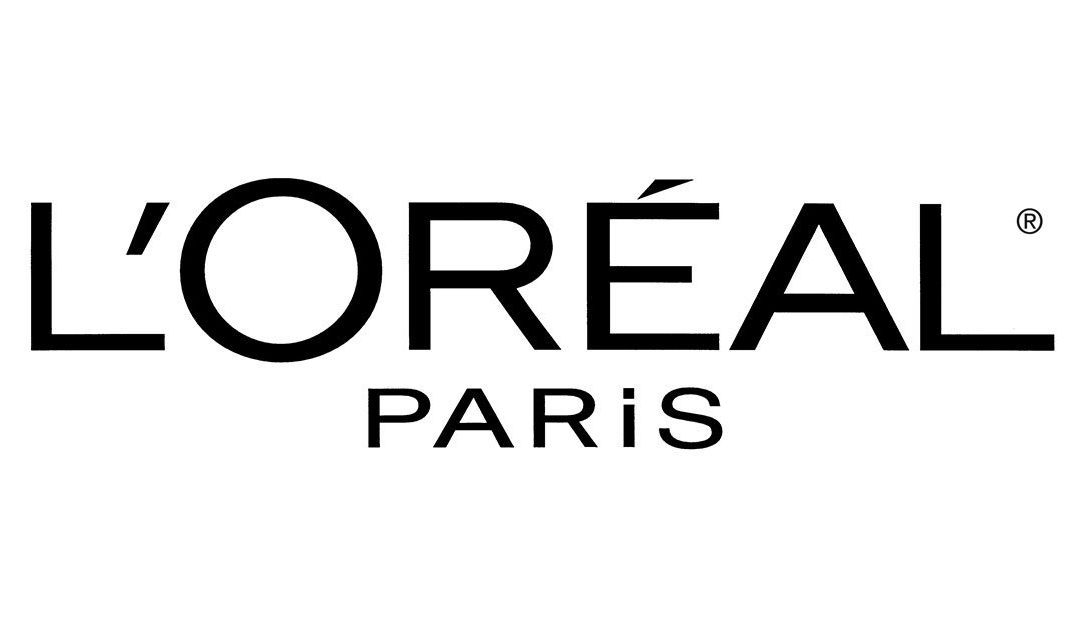
Best L’Oreal Products For Men
[Review] in 2022 written by nail expert Jess RowleyCheck out the results fast - here are our review winners[dica_divi_carousel item_width_tablet="400px" item_width_phone="345px"...
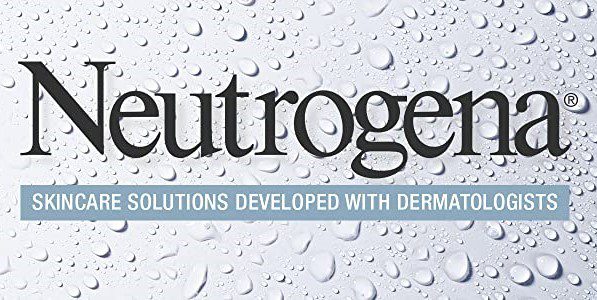
Best Neutrogena Skincare Products
[Review] in 2022 written by nail expert Jess RowleyCheck out the results fast - here are our review winners[dica_divi_carousel item_width_tablet="400px" item_width_phone="345px"...
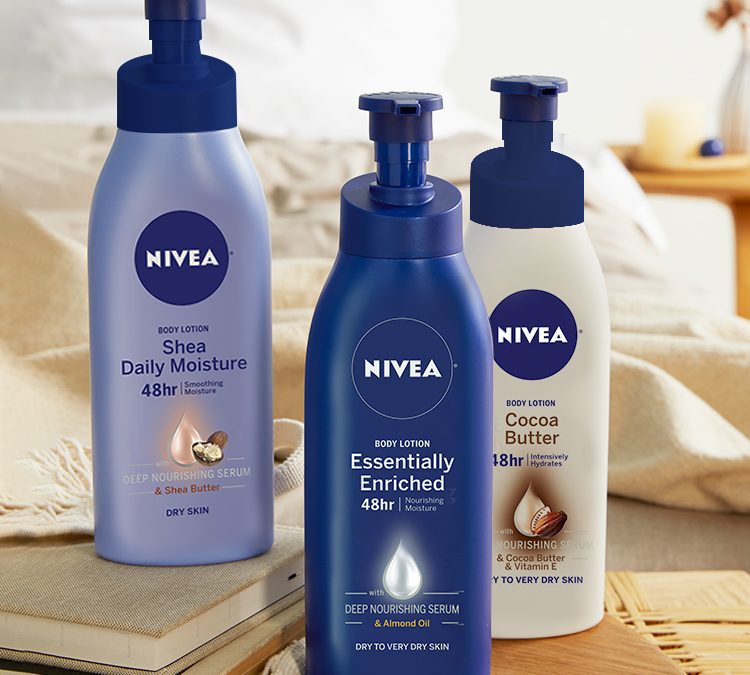
Best Nivea Products For Men
[Review] in 2022 written by nail expert Jess RowleyCheck out the results fast - here are our review winners[dica_divi_carousel item_width_tablet="400px" item_width_phone="345px"...
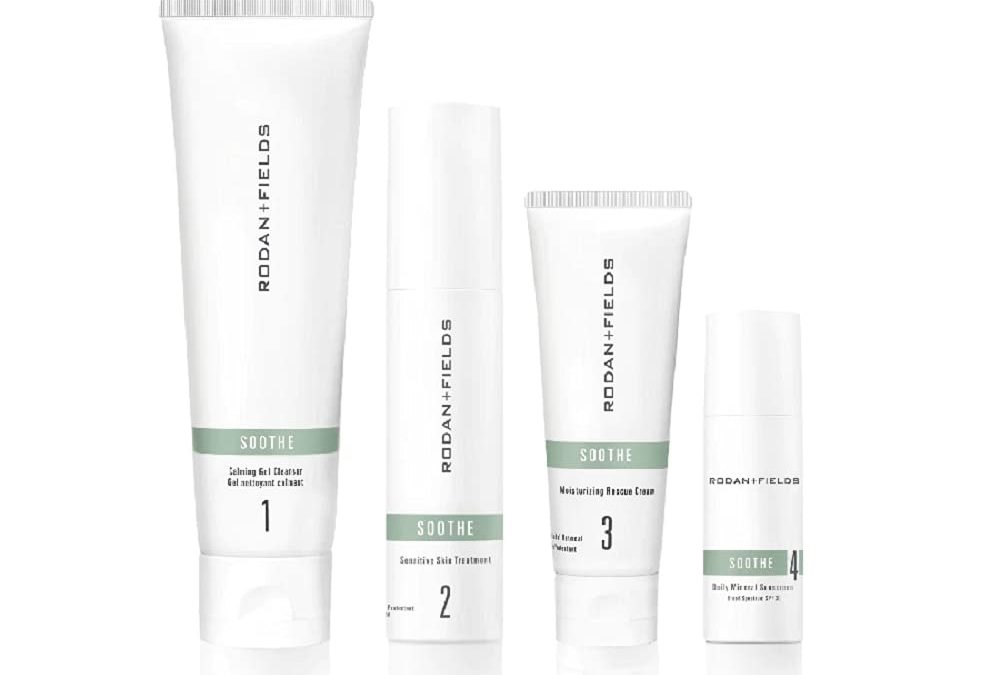
Best Rodan+ Fields Products
[Review] in 2022 written by nail expert Jess RowleyCheck out the results fast - here are our review winners[dica_divi_carousel item_width_tablet="400px" item_width_phone="345px"...

